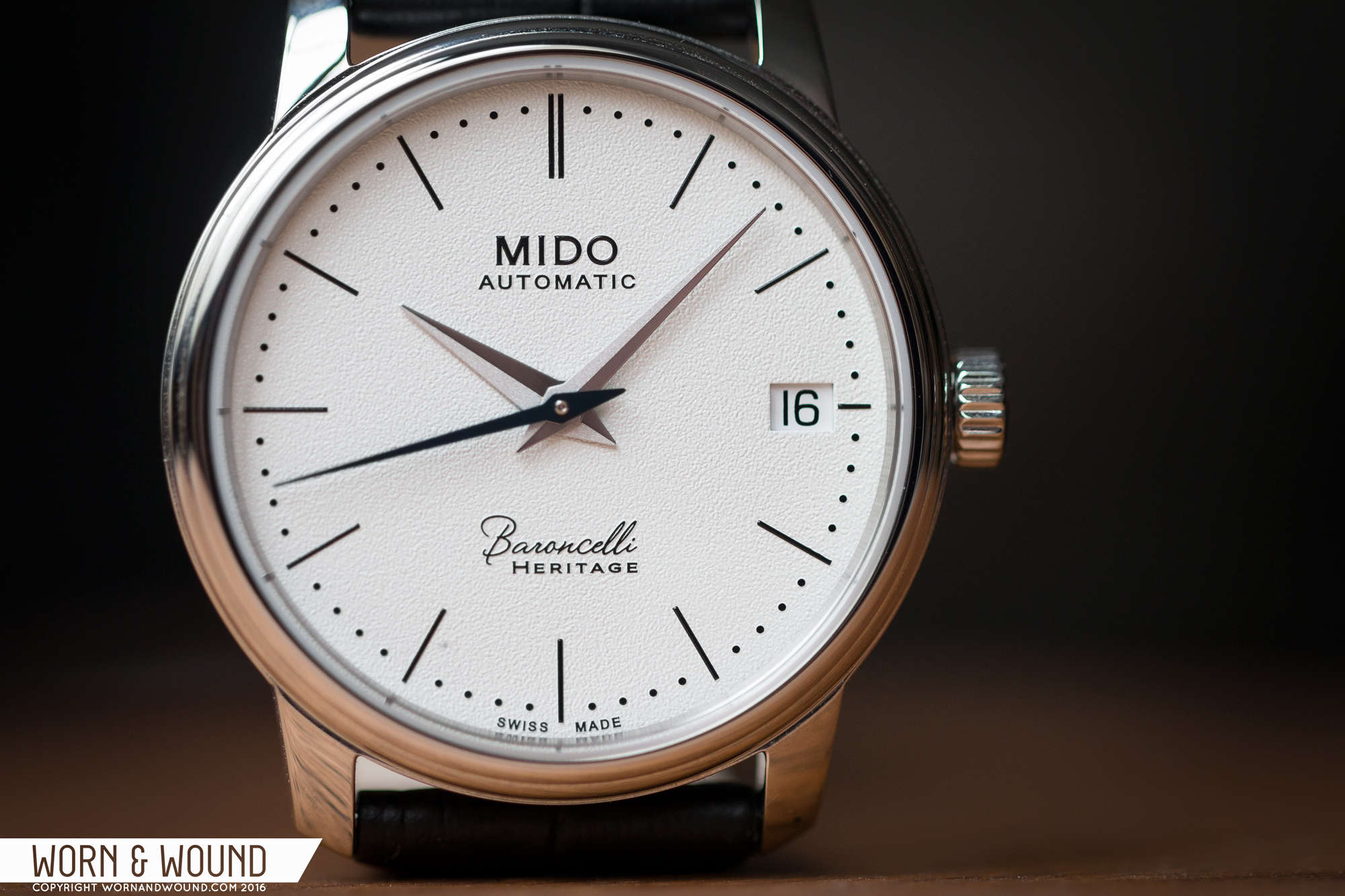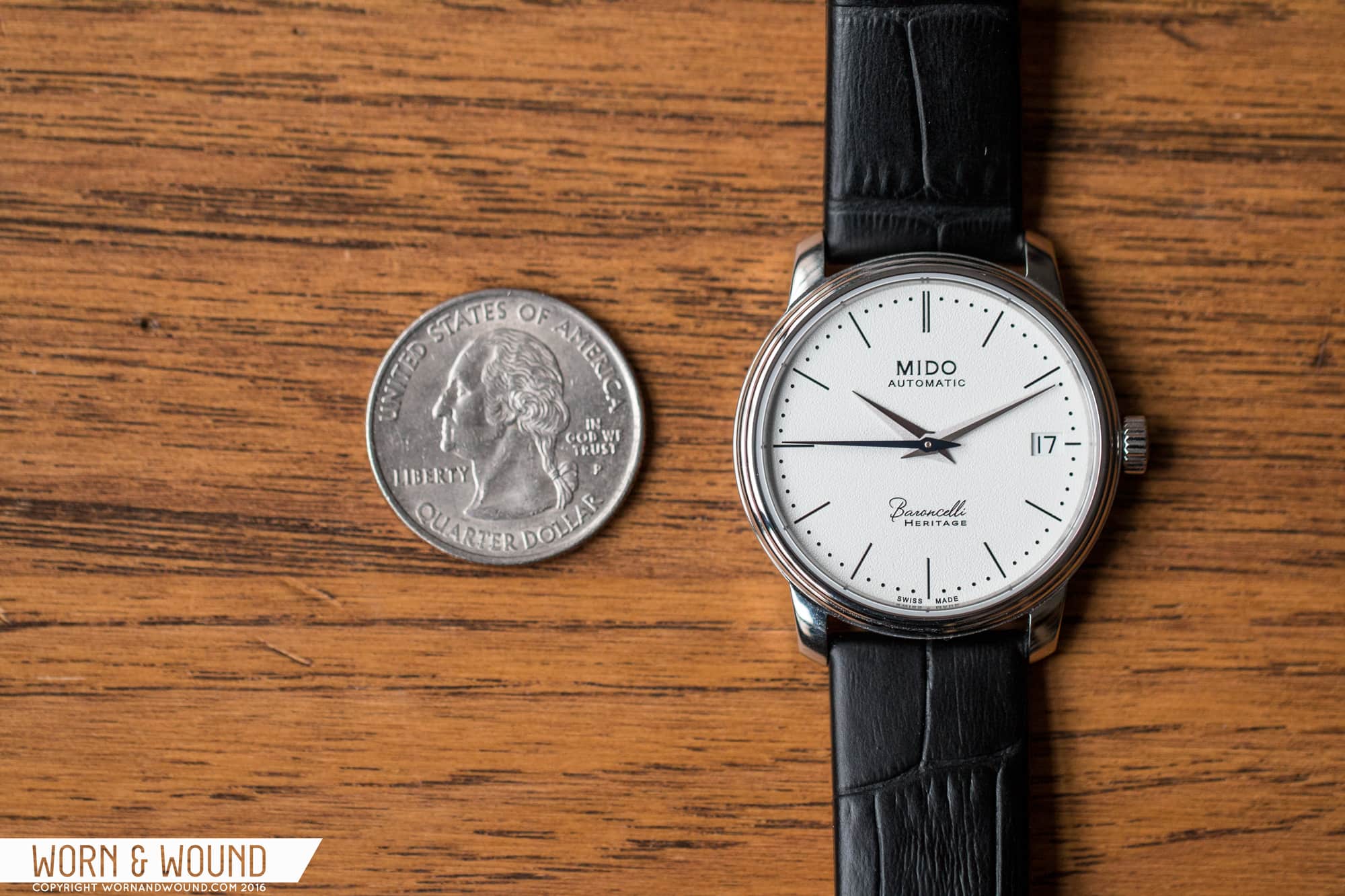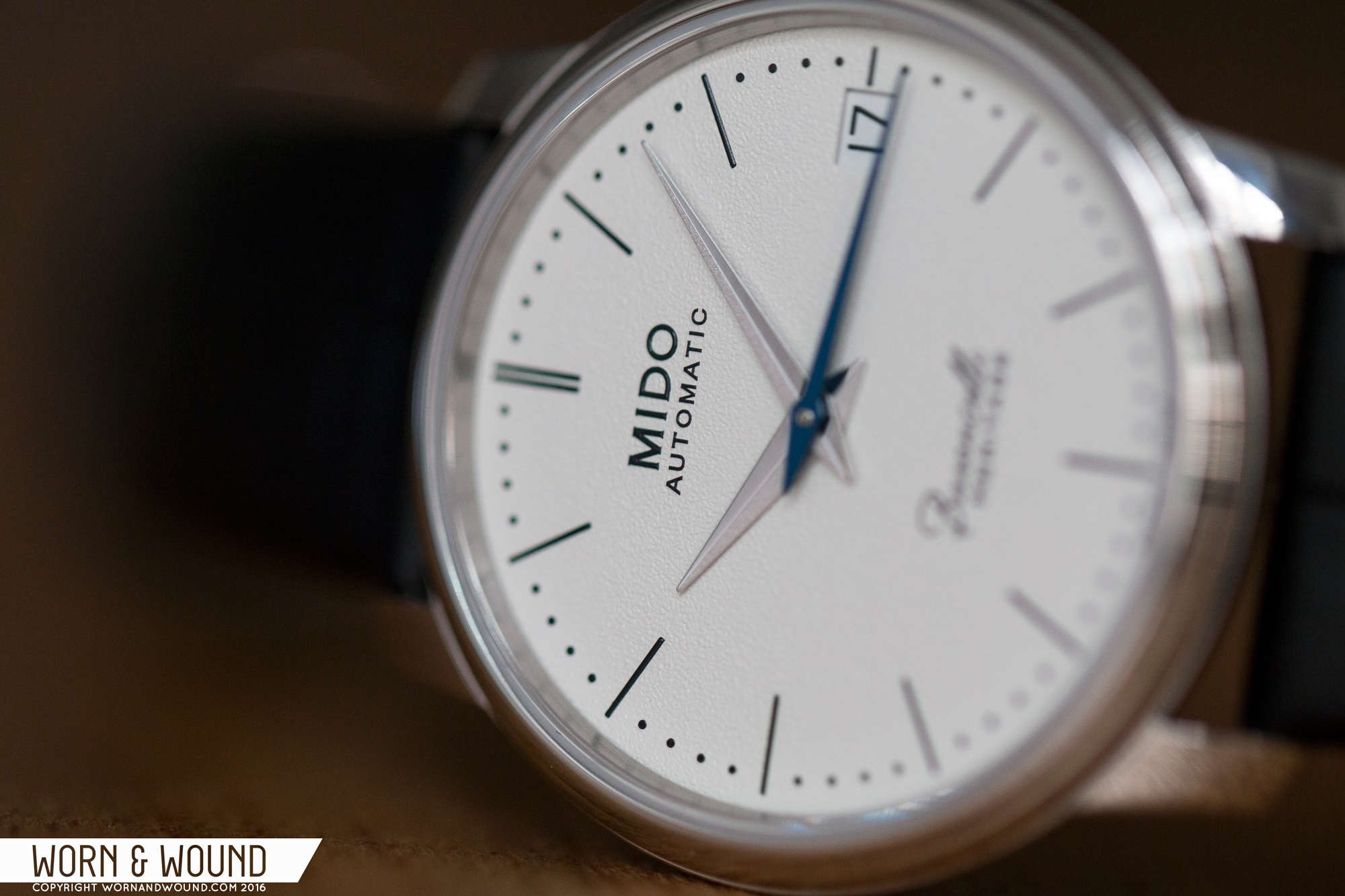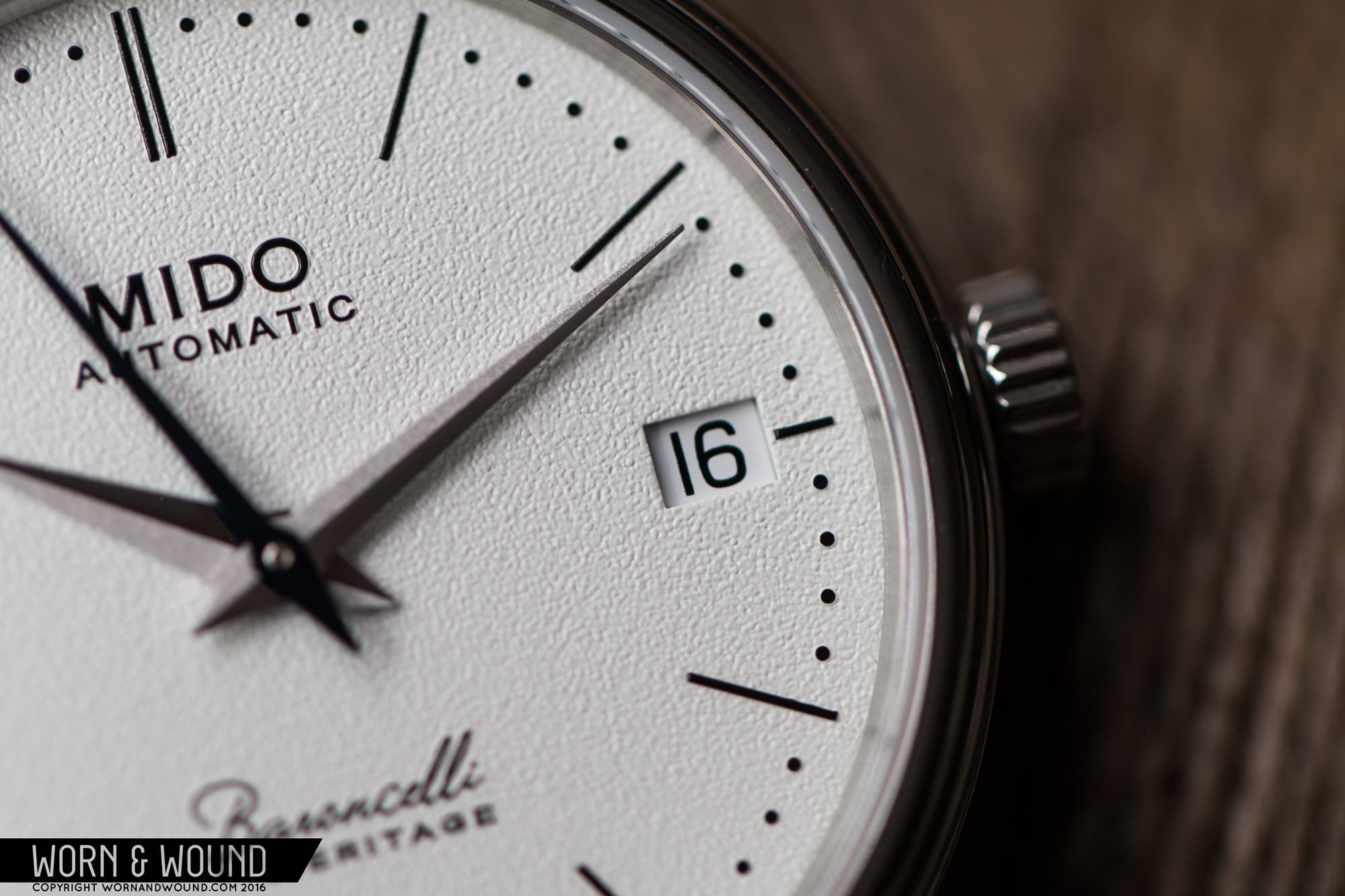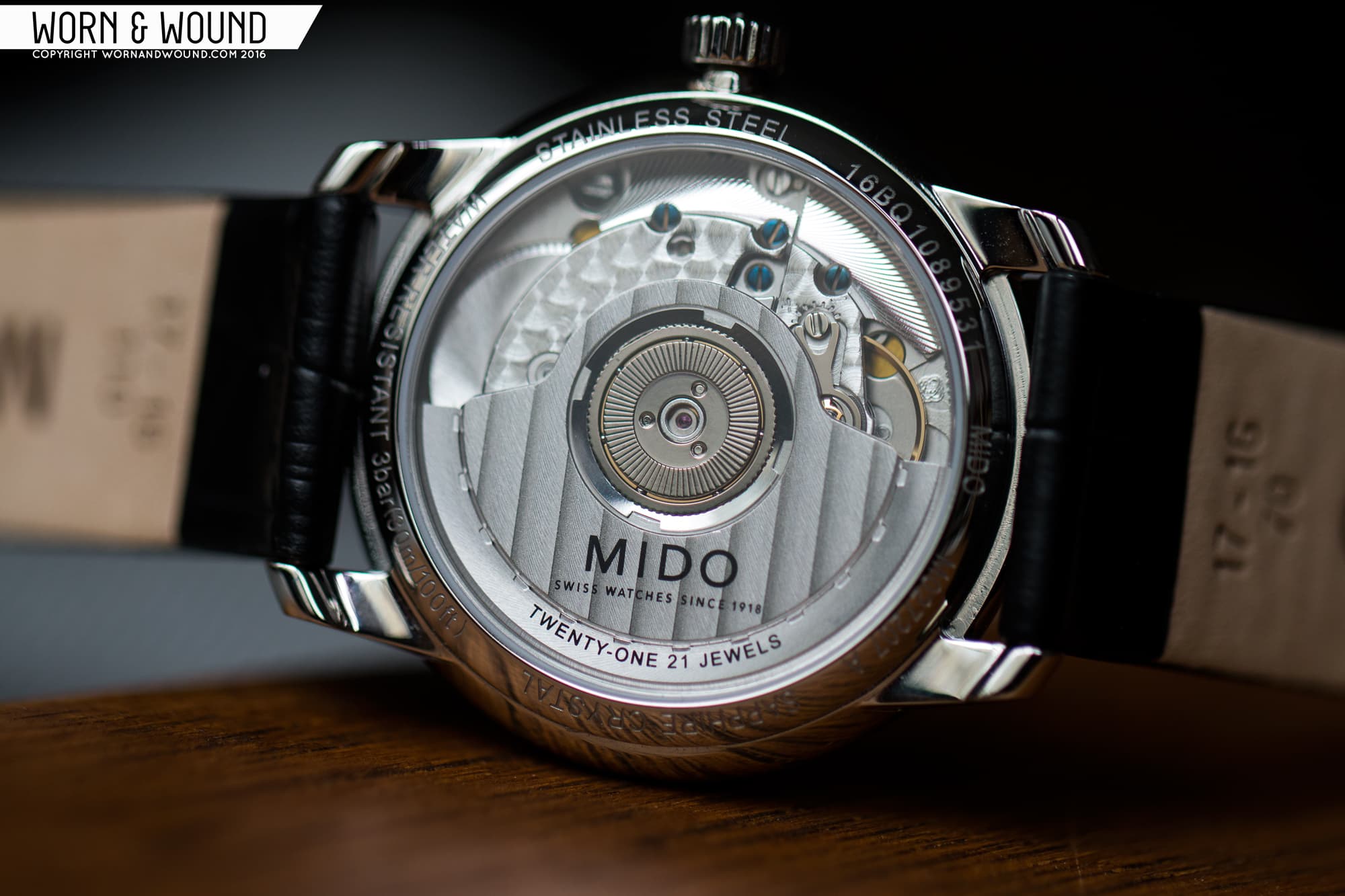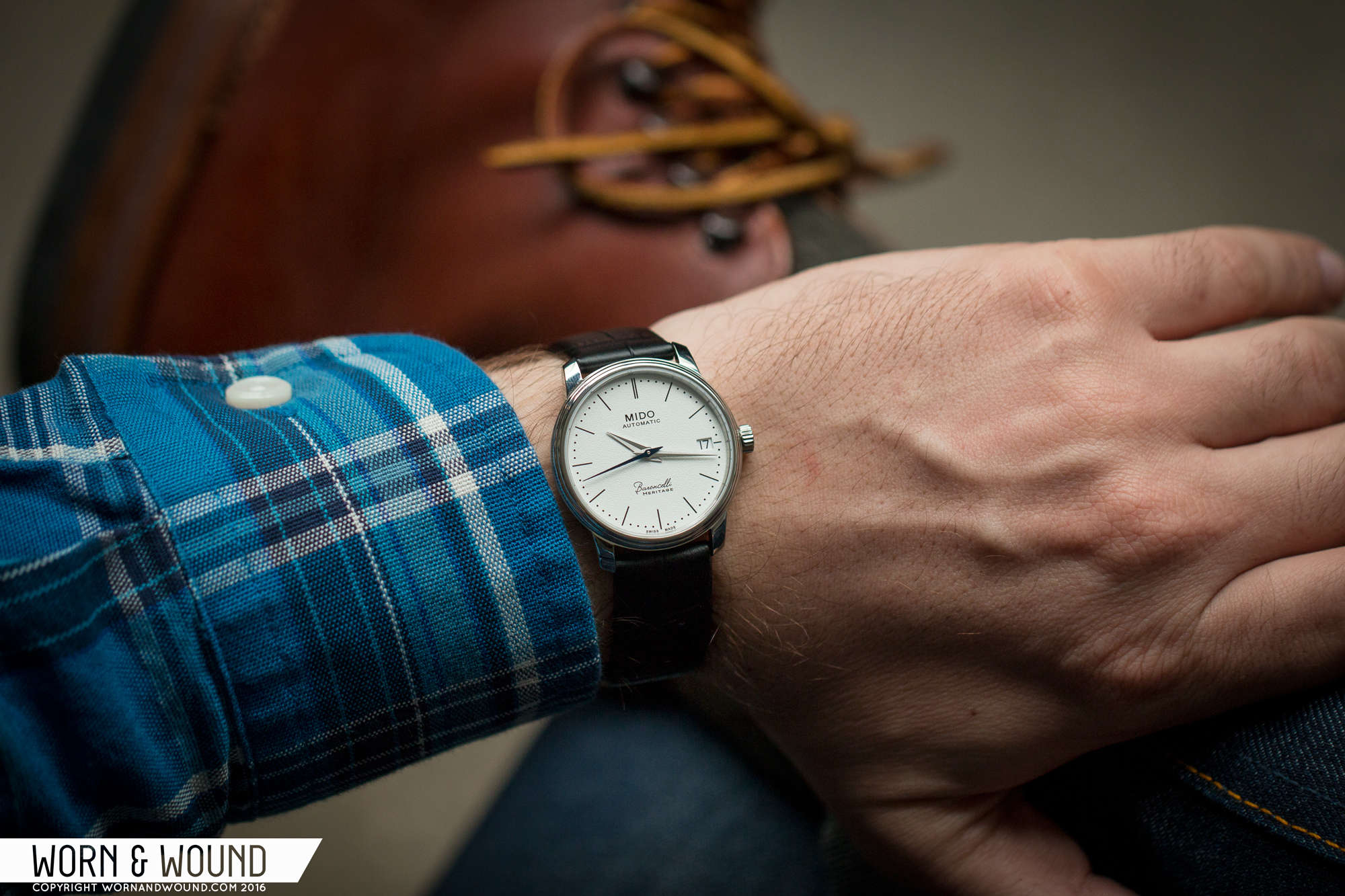The size of a watch is almost always a lightning rod for debate. Any new release is sure to be met with critique with regard to its dimensions. Some like their watches small, others like them big, and both camps are generally set in their ways with regard to their respective stances. If we’re going to be perfectly honest, we can be guilty of entrenchment, too. Though we often look at and review watches that can get up there in size, Zach and I strongly prefer sub-40mm watches, and we make our opinions known quite often here on worn&wound. However, I would argue that most of the time our main contention isn’t necessarily with the size of the watch itself, but rather the design compromises that often result when a larger watch is crafted around a smaller movement. In other words, most design abnormalities could easily be remedied had the watch simply been made smaller.
All that aside, I can absolutely concede that were I a bit taller or larger (I’m 5’6″), I’d likely be drawn to bigger watches. Our own Blake Malin, who is 6’, finds his sweet spot at around 40mm. Understandably, a smaller watch looks “off” on his wrist. With my wrist measuring 6.75″, I prefer my watches on the smaller side. The vast majority of my collection is 40mm and under with just a few outliers—mainly my Seiko divers and a few beefy chronographs—that go over. As far as 35 or 36mm watches go, I’m really comfortable with that size, and I had never considered going any smaller. 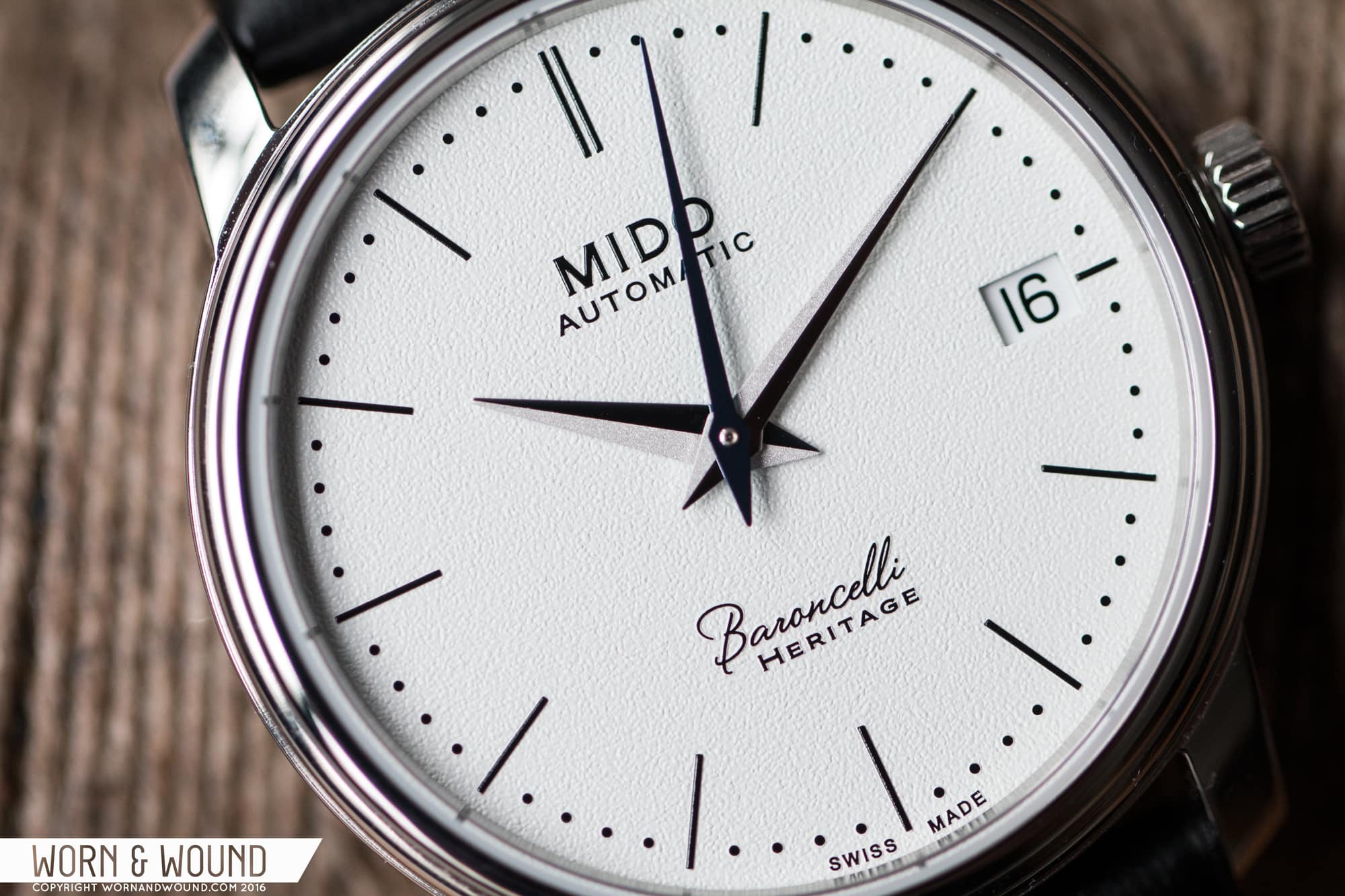 Not too long ago, Mido accidentally sent us the wrong watch. Instead of the full-sized “men’s” Baroncelli III Heritage we had requested, we were sent the significantly smaller Baroncelli III Heritage in 33mm, a watch that is part of Mido’s women’s collection. Since we generally do not write about women’s watches–or to be more precise, watches that are marketed by brands to women–we were going to send it back. However, before I packed the watch up I decided to try it on. As I wrote above, I like small watches, but I don’t think I’ve ever really considered 33mm to be a viable option for me. However, as I looked down at this diminutive timepiece on my wrist, something clicked. It looked good.
Not too long ago, Mido accidentally sent us the wrong watch. Instead of the full-sized “men’s” Baroncelli III Heritage we had requested, we were sent the significantly smaller Baroncelli III Heritage in 33mm, a watch that is part of Mido’s women’s collection. Since we generally do not write about women’s watches–or to be more precise, watches that are marketed by brands to women–we were going to send it back. However, before I packed the watch up I decided to try it on. As I wrote above, I like small watches, but I don’t think I’ve ever really considered 33mm to be a viable option for me. However, as I looked down at this diminutive timepiece on my wrist, something clicked. It looked good.









 Featured Videos
Featured Videos




